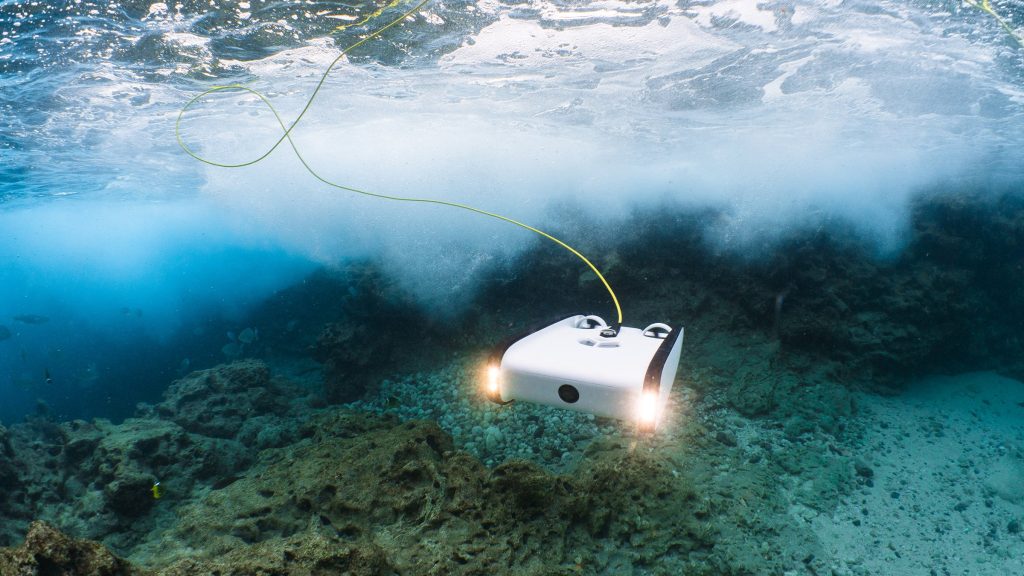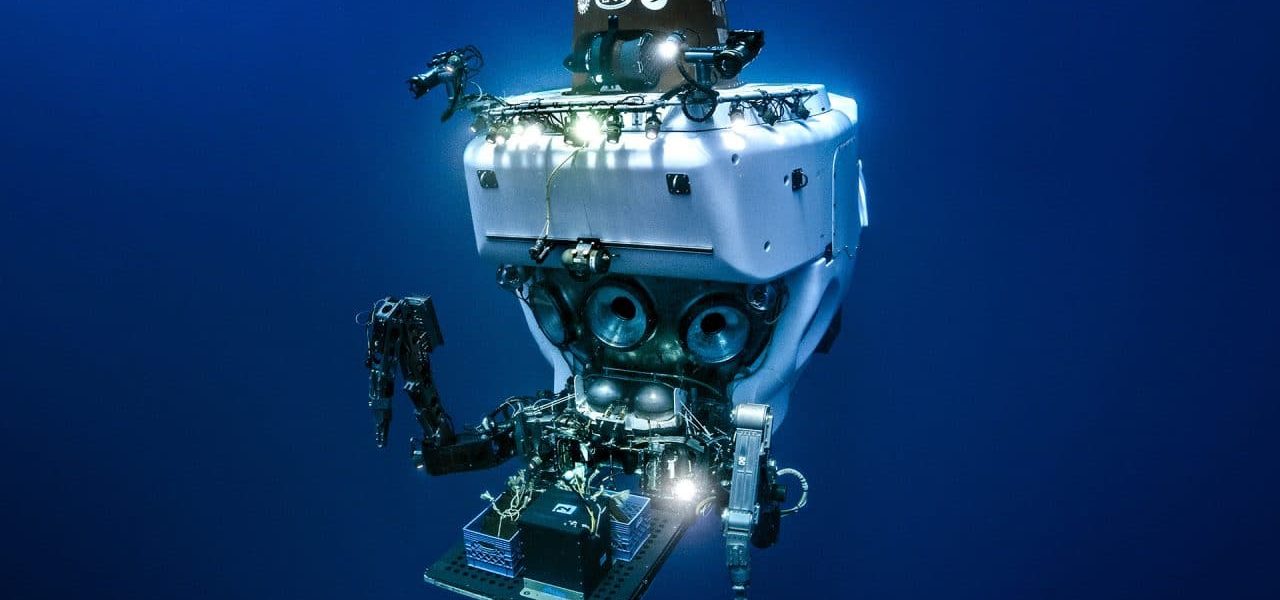In scientific discovery, few frontiers are as captivating and mysterious as the deep ocean. Beneath the waves lies an alien world with unique life forms, geological wonders, and untapped resources. Unlocking the secrets of the deep requires cutting-edge technology. This article delves into the fascinating realm of ocean exploration, focusing on the revolutionary advancements in robotics and submersible technologies.
The Ocean’s Enigmatic Depths
Before we plunge into the remarkable innovations in ocean exploration, it’s crucial to understand the profound significance of our oceans. Covering over 70% of our planet, the oceans are a vast, interconnected system that regulates climate, sustains marine ecosystems and plays a pivotal role in shaping Earth’s history.
However, the ocean’s depths remain one of the least explored areas on Earth. Most of the ocean floor remains a mystery, with less than 20% mapped and explored. This is where robotics and submersible technologies come into play, offering us a glimpse into the abyss.
The Rise of Robotics
Uncrewed Underwater Vehicles (UUVs)
In recent years, Unmanned Underwater Vehicles (UUVs) have emerged as indispensable tools for ocean exploration. These highly advanced robots are designed to precisely navigate the ocean’s depths, collecting valuable data and imagery.
UUVs have various sensors and cameras to capture high-resolution images of underwater landscapes, study marine life, and record valuable geological data. They can reach depths once inaccessible to humans, making them invaluable for research and exploration.
ROVs: Remote Operated Vehicles
ROVs, or Remote Operated Vehicles, are another marvel of robotics in ocean exploration. Human operators remotely control these submersibles on the surface and can conduct intricate tasks in extreme underwater conditions.
ROVs have been pivotal in discovering deep-sea hydrothermal vents, exploring shipwrecks, and studying marine biology in the deepest trenches of the ocean. Their versatility and precision have unprecedentedly expanded our understanding of the oceans.
Submersibles: The Human Touch
While robotics have made remarkable strides, the human touch remains integral to ocean exploration. Manned submersibles offer scientists and explorers the unique opportunity to descend into the abyss personally.
Notable submersibles like the Alvin have carried scientists to astonishing depths, allowing them to conduct hands-on research, collect samples, and document the mysteries of the deep. These vessels offer unparalleled interaction with the ocean environment, enhancing our understanding of this enigmatic realm.

Advancements and Innovations
Deep-sea Drones
The development of deep-sea drones has revolutionized our ability to explore the ocean’s depths. These compact, autonomous vehicles can dive to extreme depths, collecting vital data and imagery while withstanding crushing pressure.
Deep-sea drones are equipped with state-of-the-art technology, including sonar mapping systems, allowing them to create detailed 3D maps of the ocean floor. These maps are invaluable for understanding the geology and topography of the seabed.
Bioinspired Technology
Engineers are turning to nature for inspiration in the quest to design more efficient underwater vehicles. Biomimicry, or bioinspired technology, involves designing robots and submersibles that mimic the movements and behaviors of marine creatures.
Bioinspired technology has led to the development of highly maneuverable and energy-efficient underwater vehicles by replicating the streamlined shapes and propulsion mechanisms of fish and marine mammals. These innovations are not only reducing the environmental impact of ocean exploration but also expanding our capabilities in this challenging environment.
Conclusion
Ocean exploration is an endeavor of boundless curiosity and scientific ambition. As we venture deeper into the ocean’s enigmatic depths, the synergy between robotics and submersible technologies continues to push the boundaries of human knowledge.
From UUVs capturing stunning images of undiscovered seascapes to ROVs conducting intricate tasks in the abyss, and from manned submersibles offering a human presence in the deep to the innovation of deep-sea drones and bioinspired technology, our tools for exploration have never been more advanced.
The future of ocean exploration is exciting, promising new discoveries and a deeper understanding of our planet’s most mysterious realm. As we strive to unlock the secrets hidden beneath the waves, one thing is certain: the collaboration between technology and human ingenuity will continue to lead us to unprecedented discoveries in the mesmerizing world of the deep sea.
